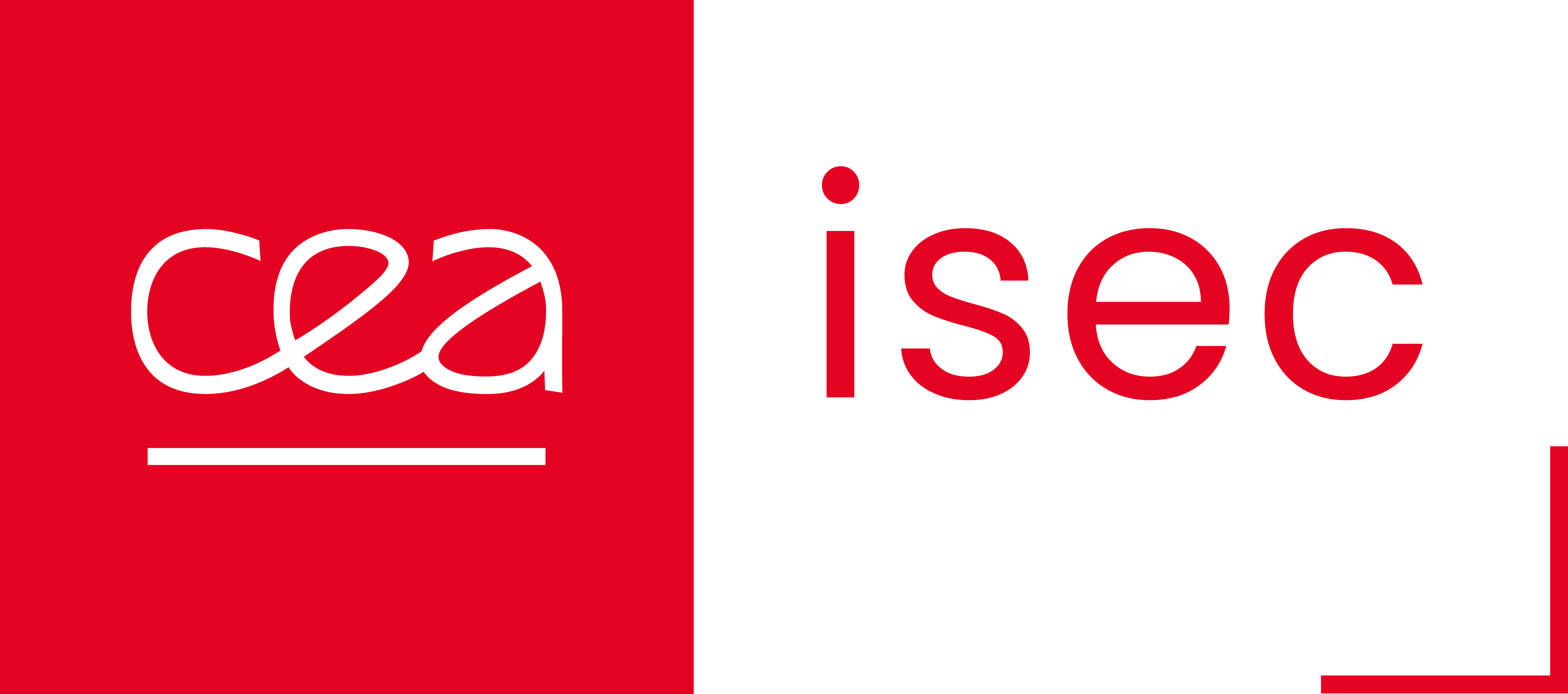Redox behavior of ruthenium in borosilicate glass melts for nuclear waste vitrification
Résumé
Most of radionuclides are soluble in high-level waste borosilicate glass and are integrated in the vitreous network.
However, Ruthenium and Palladium are poorly soluble and form RuO$_2$ particles and Pd-Te beads (Fig. 1a) during the
vitrification process. Ruthenium is highly conductive and forms needle-shaped particles that may change the physical
properties of the glass melt. Moreover, particles containing Ru0 are sometimes observed in nuclear glasses (Fig. 1b).
These particles are then bigger and denser, and Ru$^0$ is more conductive than RuO$_2$. Therefore, the unexpected reduction of RuO$_2$ in Ru$^0$ may have a significant impact on the physical properties of the melt and hinder the vitrification process.
pour la présentation de mes résultats de thèse, publiée en 2021:
Etude de la réduction de RuO2 en Ru0 dans une fonte verrière borosilicatée simplifiée à p(O2) et T connues. Très bon accord entre les expériences et les résultats des calculs CALPHAD menés avec la base de données thermodynamique. En complexifiant le système avec Pd et Te, les résultats divergent.
| Origine | Fichiers produits par l'(les) auteur(s) |
|---|



